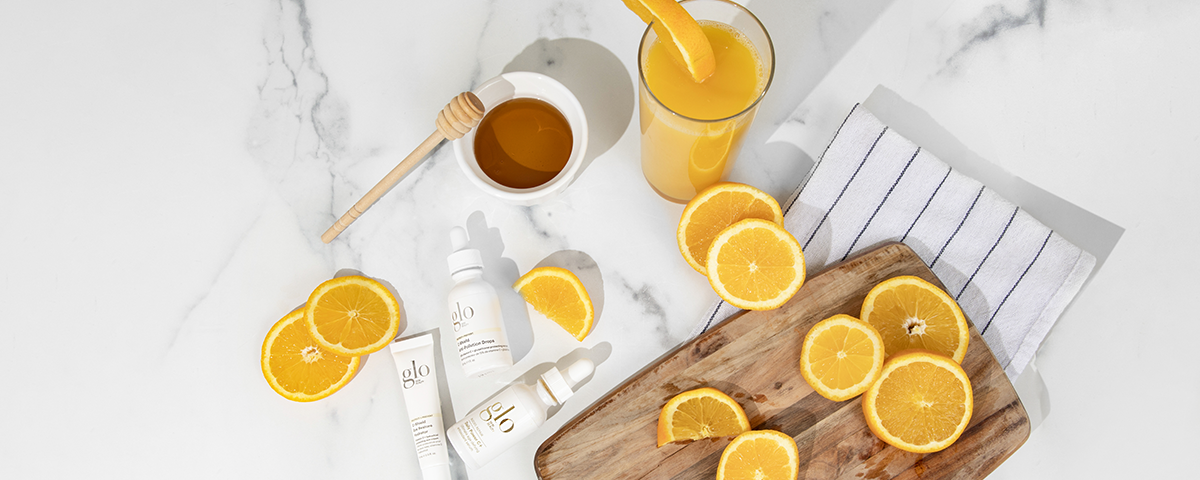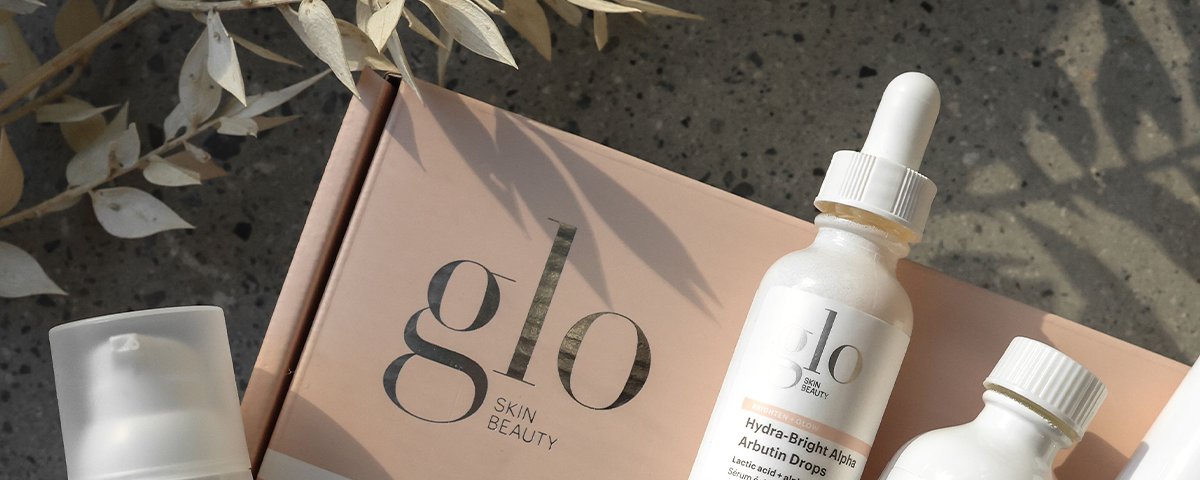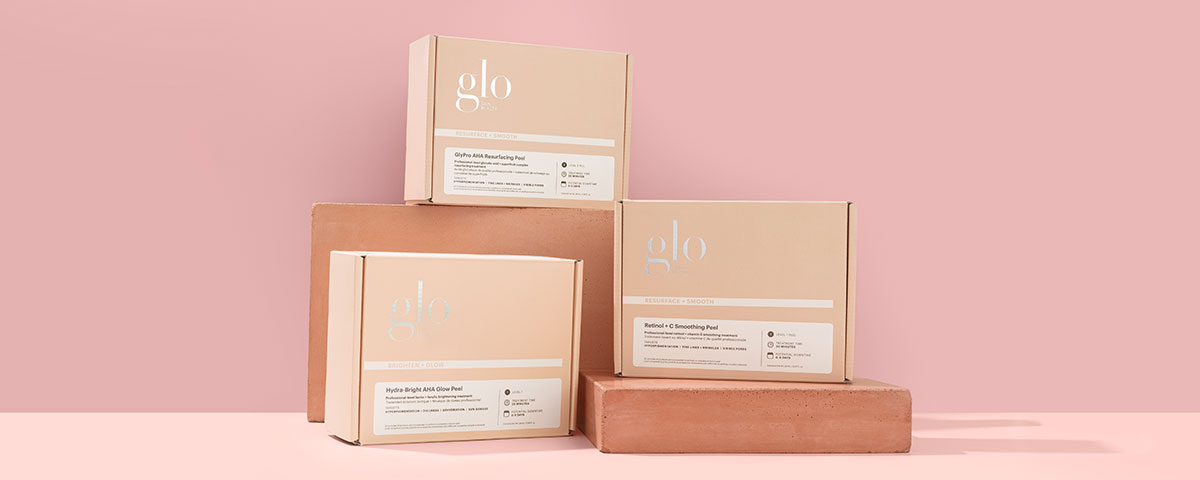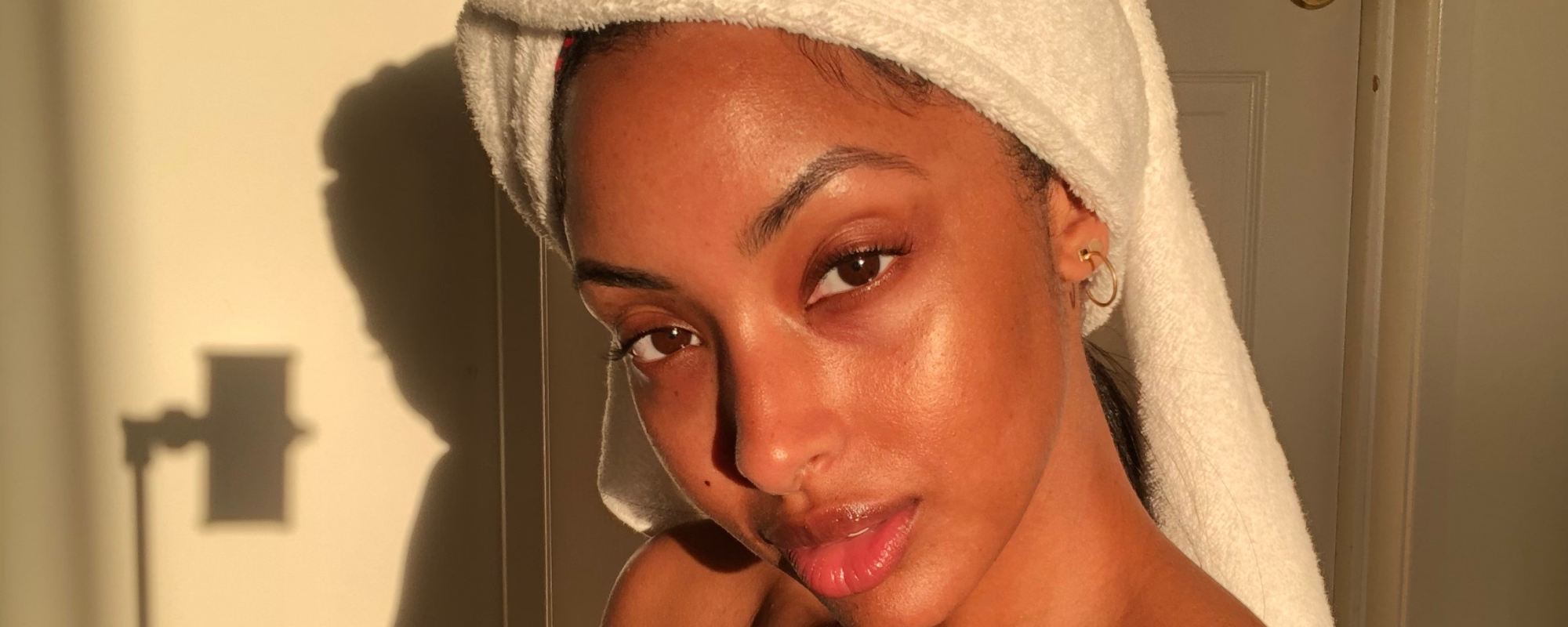
Dermatologist Tips For Darker Skin Tones by Dr. Nina Desai
While many ingredients and products recommended to address skin concerns are for the most part, the same for all skin tones, there are some conditions that can be problematic for people with more richly-melanated skin, and these may need a slightly different approach.
With darker tones comes more melanin in the skin, and this can make us more susceptible to inflammation which can then trigger unwanted complications such as redness, hyperpigmentation/hypopigmentation and even scarring. Treatments should always be gentle and careful not to inflame or irritate any issues.
What Is Hyperpigmentation?
As a dermatologist, the most common issue I come across with darker skin tones is hyperpigmentation. This can be from trauma or inflammation of the skin, or from melasma- a hormonally mediated pigmentary condition. When treating excess pigment in darker skin complexions, it’s vital to be cautious as overly aggressive treatments can lead to more pigment - or, in extreme cases, even a loss of pigment - hypopigmentation. If you’re at all concerned about hyperpigmentation, the best thing to do is to speak with a dermatologist who specializes in the treatment of skin of color, so you can work together to tailor your routine.
Which Ingredients Help with Hyperpigmentation?
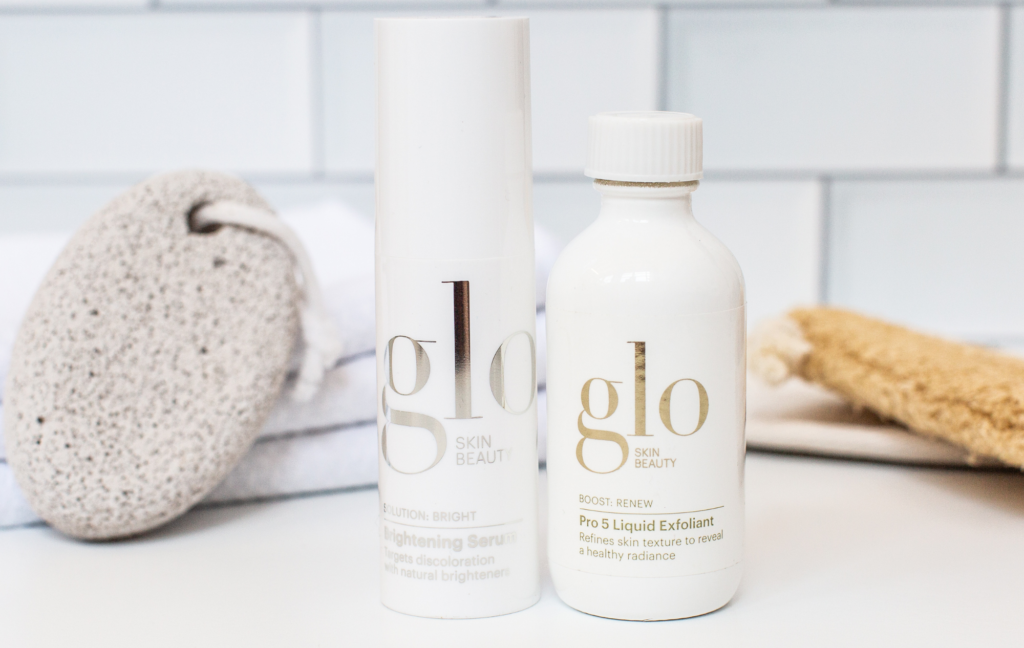
When treating hyperpigmentation in all skin tones, I love working with products with powerful, yet safe brightening ingredients such as vitamin C, AHAs, BHAs, alpha arbutin, kojic acid and retinol. I recommend starting with one active ingredient at a time, at lower percentages, then working your way up, assessing how your skin is feeling and looking as you go. Try C-Shield Anti-Pollution Drops as a boost of nourishing protection or Hydra-Bright Alpha Arbutin Drops. Take it slow, and do it in stages. This is particularly important for retinol and prescription-strength tretinoin/retin A as these vitamin A derivatives can cause redness, dryness, peeling and inflammation on the skin if they’re too strong. And, for darker skin tones they can lead to post-inflammatory hyperpigmentation. Once you’re ready opt for Hydra-Bright Pro 5 Liquid Exfoliant featuring a mix of five alpha and poly hydroxy acids to decongest, smooth, and brighten.
If starting a retinol or a prescription-strength tretinoin in skin of color, I recommend starting at a low percentage 0.5% retinol or 0.025% tretinoin. Start two times a week and then slowly increase to every other night. Always remember to combat the dryness with a good moisturizer. If you have oily or acne-prone skin, try the noncomedogenic Oil Free Moisturizer. If you have dry skin to begin with, you will want to pick a thicker more occlusive cream to lock in moisture. This will minimize any post-inflammatory complications or irritation.
For any concerns about these ingredients and your specific skin needs, make sure to check-in with your dermatologist.
Can Darker Skin Tones Have Peels?
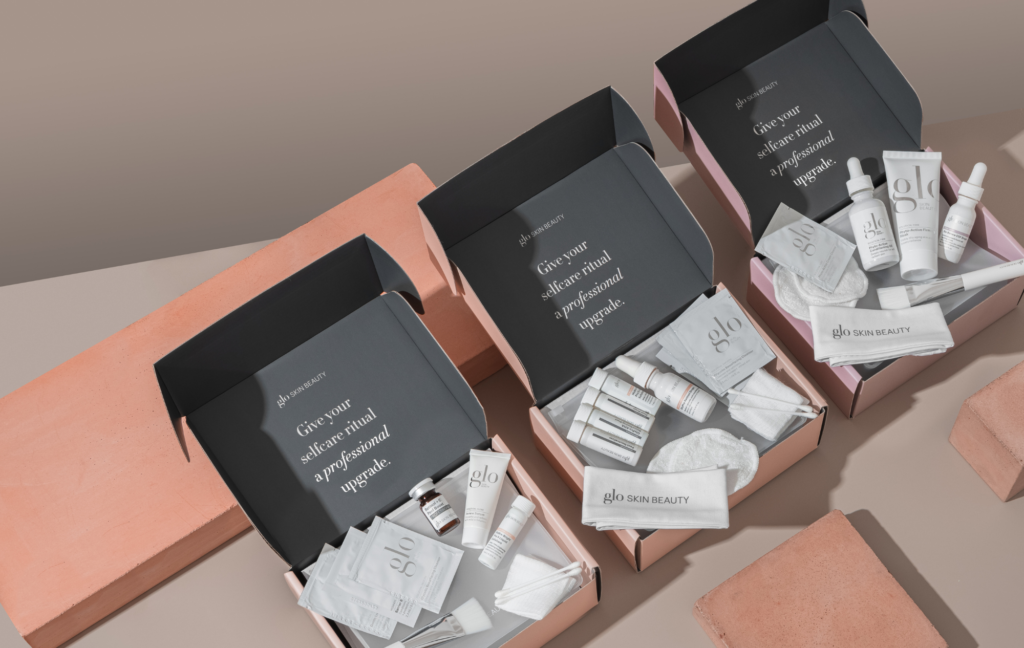
One of the most common misconceptions is that those with skin of color can’t use strong active ingredients and can’t have chemical peels. These are myths. It’s possible to use effective, active ingredients and make meaningful improvements in the skin tone and texture of those with darker skin, however, we must be patient in order to achieve the best results.
Much like topicals, peels and exfoliation are an important tool in your treatment kit, as we want to slough off the dead or discolored skin cells to reveal clearer, more even skin. When choosing a peel for darker skin, I opt for the milder, yet highly effective acids such as glycolic, lactic, mandelic, and salicylic acid. These peels create less inflammation on the skin. They may require more treatments, but will safely treat hyperpigmentation in darker skin types. The trick is working slowly and conservatively.
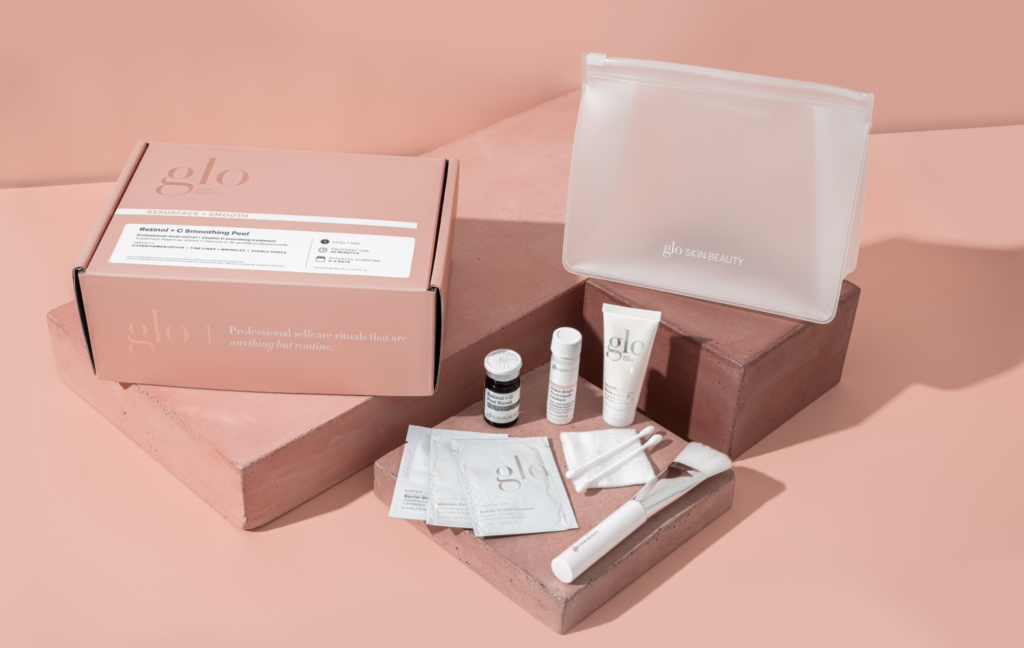
Again, it’s best to start with the lowest percentage active peel and see how your skin feels. Gentle solutions are often the best solutions in skincare, so it’s fine to stay on lower percentage peels if you feel they’re giving you a good level of resurfacing and helping your natural glow. I love the Retinol + C Smoothing Peel (as seen in Vogue) — it’s the perfect entry-level peel, offering gentle smoothing and brightening. If you feel your skin is ready to level up, speak with your dermatologist or aesthetician to make sure you’re picking the right peel for you.
SPF Is Essential For All Skin Tones
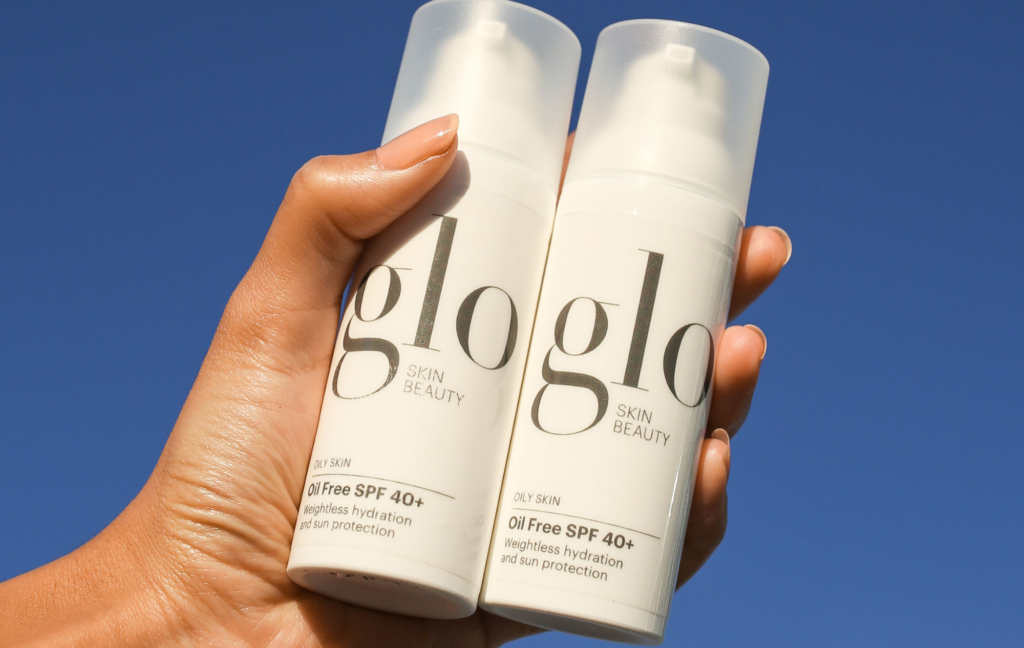
In addition to active brightening ingredients, a good SPF is vital for protecting darker skin - not only to prevent photo-aging, but the sun will exacerbate any pigmentary issues and can make melasma worse. Sunscreen with SPF of at least 30, applied to your face, neck, chest, and hands every morning should be a vital part of your morning routine. It’s also super important to remember to reapply throughout the day, especially if you’re spending a lot of time outdoors.
To avoid any grayish overcast that some sunscreens can leave behind on darker skin, I opt for a lightweight texture instead like the Oil Free SPF 40+, to really help maintain a dewier, glowy finish.
Experiencing maskne issues? Discover how to support irritated skin...


